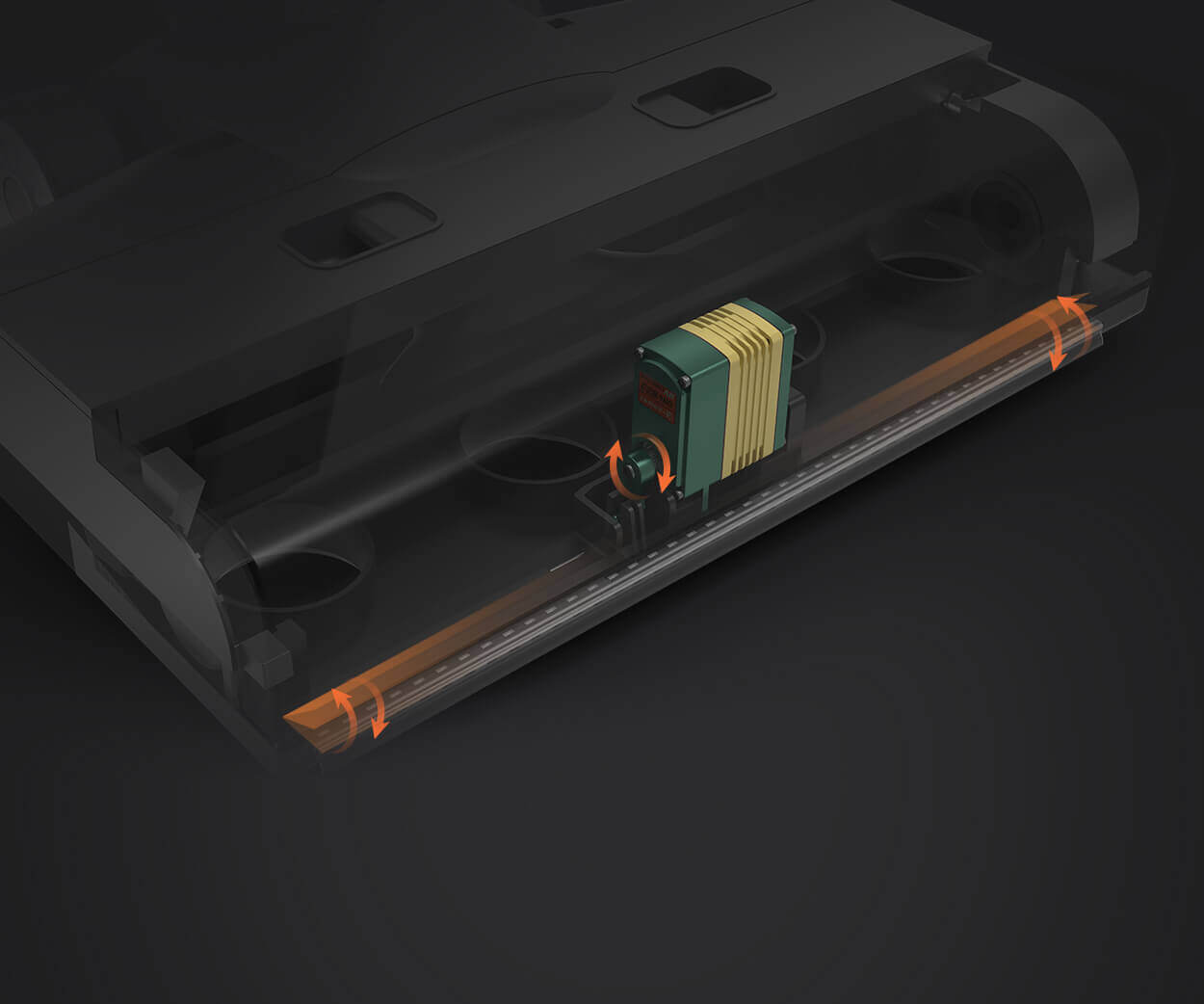When it comes to optimizing productivity in various industries, a jointed arm configuration robot is truly a game-changer. These robots have become a cornerstone in automation, offering flexibility and precision in tasks that require fine control, repetitive movements, and high efficiency. But what makes them stand out in the crowded world of robotics?

Let’s start with their design. A jointed arm robot is built for versatility. Imagine having a robotic arm with multiple joints, each able to rotate and move in various directions. This allows the robot to maneuver through tight spaces, reach different angles, and execute complex tasks, all while maintaining accuracy. This feature is invaluable in industries where space is tight or where the precision of the task is critical.
Take assembly lines, for example. These robots excel in tasks like picking up parts, assembling components, and even performing quality checks—all done with robotic precision. They’re able to work faster than human hands and without the fatigue that slows down even the most experienced workers. The ability to adjust the angle or orientation of the arm means they can perform repetitive tasks, like welding, painting, or even packaging, with consistent quality over time.
Now, you might wonder, “What sets a jointed arm robot apart from a regular industrial robot?” The key difference lies in its flexibility. Unlike traditional robots that follow a more rigid, pre-programmed path, jointed arm robots have a much broader range of motion. This flexibility allows them to adapt to changes in their environment and tasks, which is something that can be a game-changer in industries that need to frequently retool their processes or produce different products.
Another benefit is the simplicity in programming. Although they’re capable of handling complex tasks, these robots are designed to be user-friendly. The setup can be done quickly, and even those with minimal experience can begin integrating them into production lines without a steep learning curve. It’s an intuitive design that provides both power and accessibility.
But the most remarkable aspect of a jointed arm robot is its ability to optimize human labor. By taking over repetitive, physically demanding, and precision-based tasks, it frees up human workers to focus on more complex, creative, or supervisory roles. This balance between human and robot collaboration is key to increasing overall productivity and safety. It’s not about replacing jobs; it’s about enhancing them.
Think about it: you’re looking for a solution that can work around the clock, stay consistent, and reduce the margin for error. A jointed arm robot doesn’t need breaks, doesn’t suffer from fatigue, and works with the precision of a surgeon. Whether you’re in manufacturing, logistics, or any sector where precision is a priority, this robot can make a substantial difference.
If you want to make your operations more efficient, cutting-edge, and reliable, a jointed arm configuration robot might just be the upgrade your business needs. They’re not just a trend; they’re a sustainable solution that keeps your processes running smoothly, day in and day out. And with their easy integration into existing systems, you won’t need to overhaul everything to experience the benefits. This is technology that adapts to you, not the other way around.
Kpower has delivered professional drive system solutions to over 500 enterprise clients globally with products covering various fields such as Smart Home Systems, Automatic Electronics, Robotics, Precision Agriculture, Drones, and Industrial Automation.




































